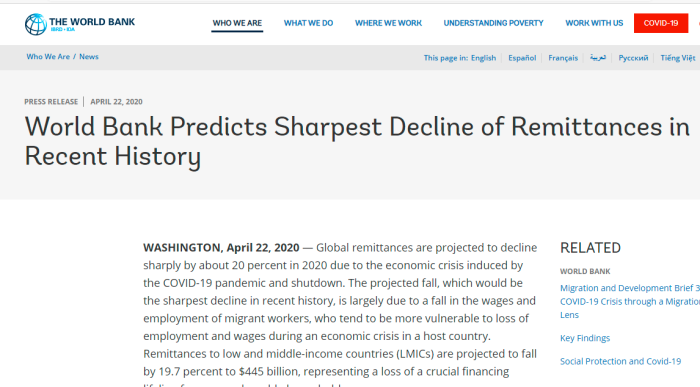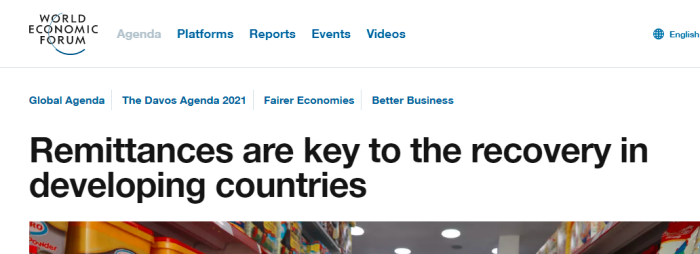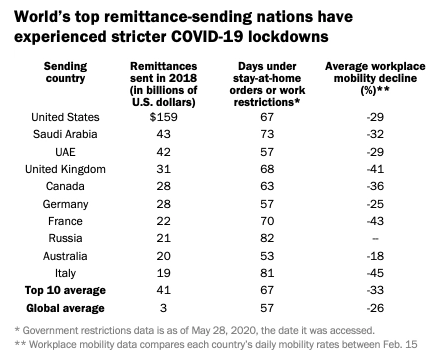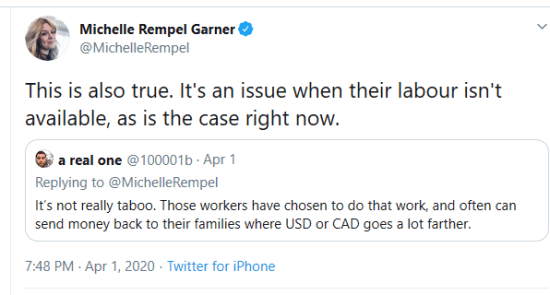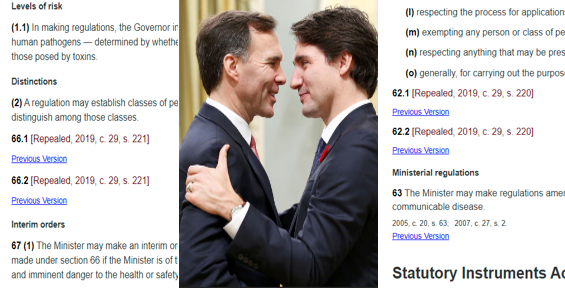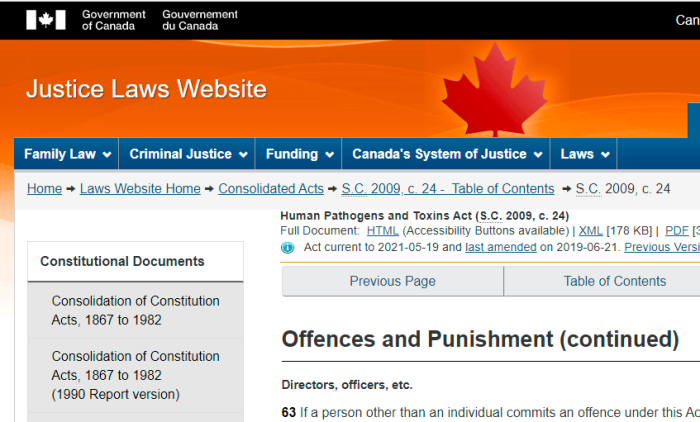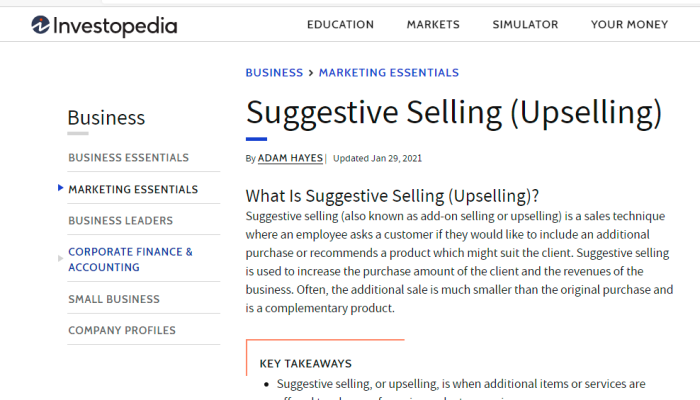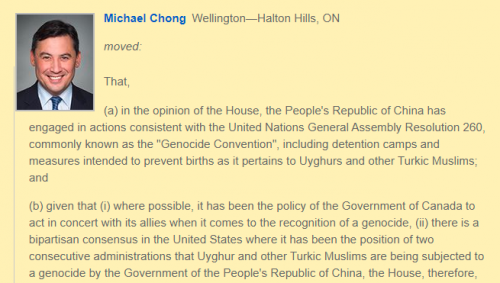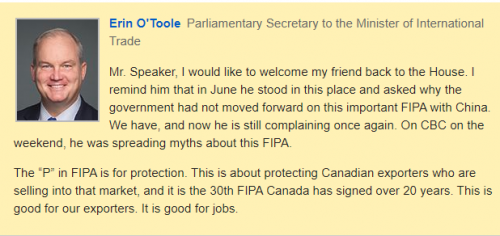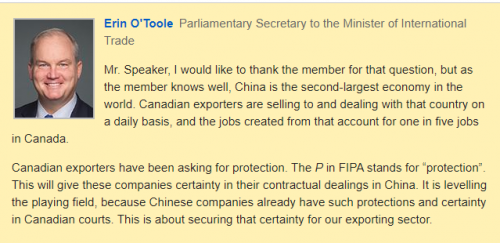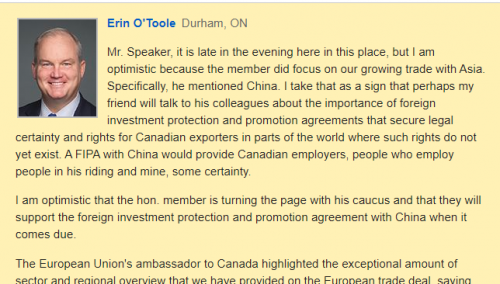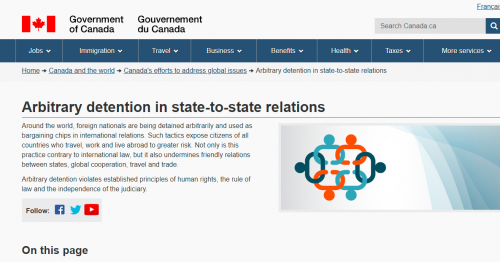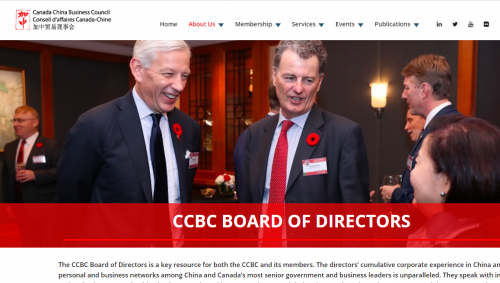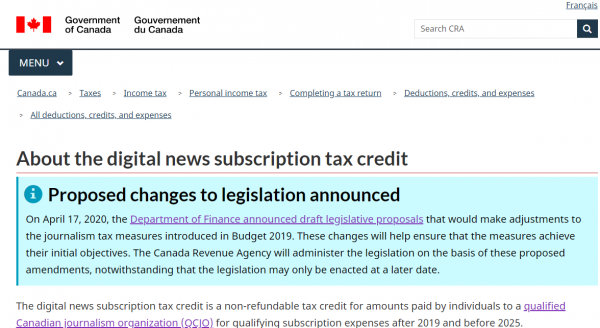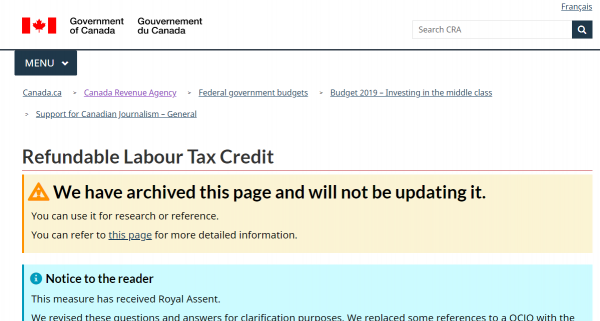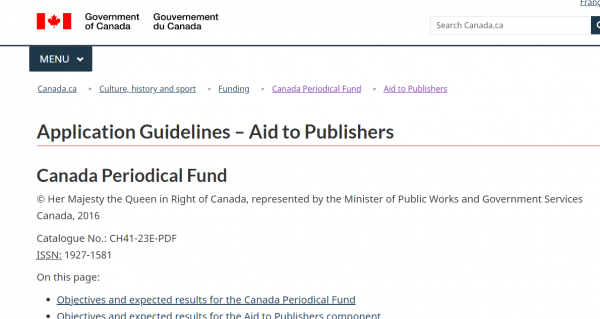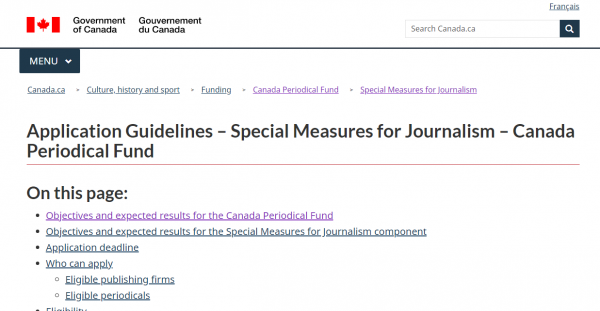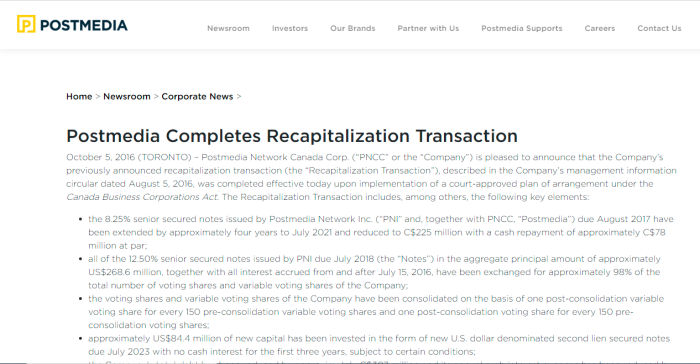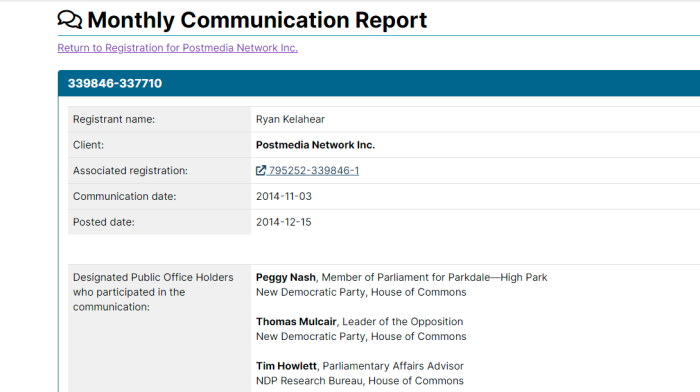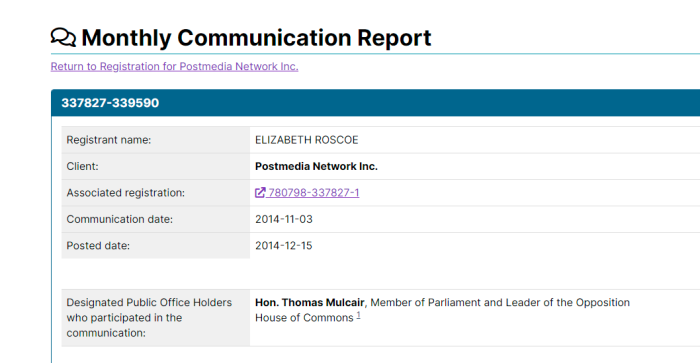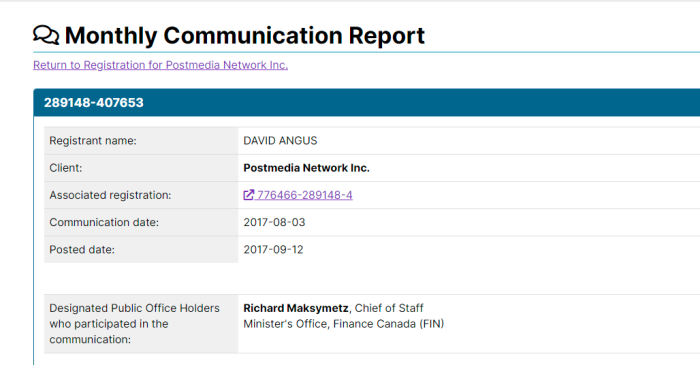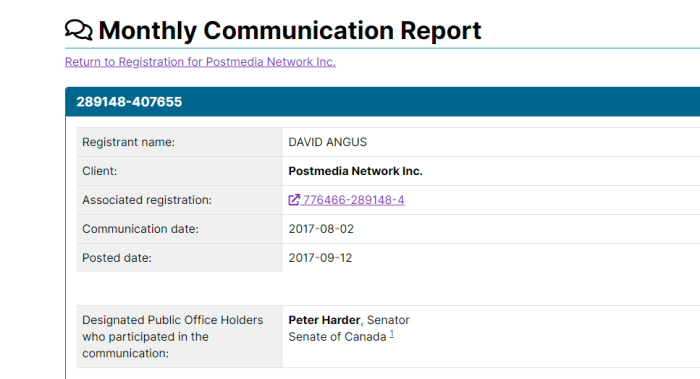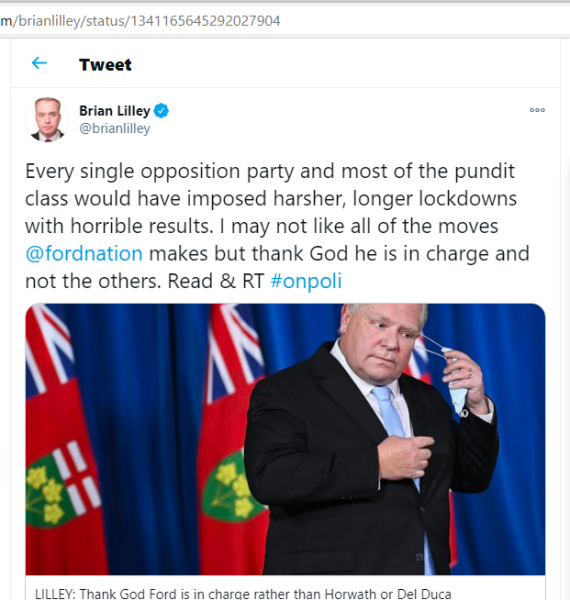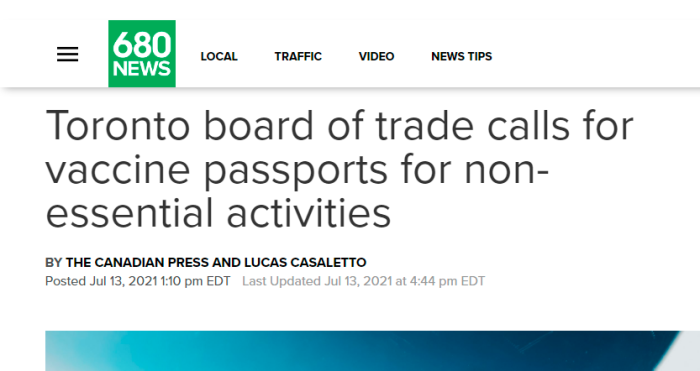
The Toronto Region Board of Trade, TRBoT, a group that isn’t accountable to the public, and holds no public office, is openly calling for Ontario to adopt vaccine passports. The idea is that people who refuse should be denied access to what they call “non essential” services. Jan De Silva, President and CEO of the group, pushes hard for it. More on her later.
In fact, if a group wanted to kill off businesses, it’s hard to think of a better way to do this.
TORONTO – The Toronto Region Board of Trade is calling on the Ontario government to introduce a vaccine passport system for non-essential business activity.
Jan De Silva, CEO of the board, says vaccine passports are the only way to safely reopen larger events like business conferences and will help revive tourism.
“Now that we’ve got sufficient vaccine, it’s a way to start resuming a more normal form of day-to-day living.” She said it’s a personal decision to get vaccinated, but accessing major events and indoor dining requires moral responsibility.
The board of trade says it is having discussions with the Ontario premier’s office about introducing a vaccine passport system.
This should alarm people. A board representing large business interests is meeting with Doug Ford’s office to discuss limiting people’s right to free association and free movement, unless they agree to have their privacy limited and take experimental “vaccines” for a virus that likely doesn’t exist.
Remember when trade associations used to call for less government restrictions and regulations? Now, the TRBoT is doing exactly the opposite of that. And far from calling on independence, this group openly promotes the idea of its members scooping up government benefits.

The TRBoT is partially funded by the City of Toronto, the Province of Ontario and the Ministry of Energy. This means that taxpayers are helping keep this operation afloat. Beyond that, there are also dozens of private sponsors who stand to benefit from the policies proposed. Rather than demanding economic freedom, there are demands for corporate welfare.

The Toronto Board of Trade is also pushing agenda of the mass testing people at work. For businesses with less than 150 employees, enough test sticks can be included to get everyone twice a week for 4 weeks, or 8 times each overall. Of course, it’s really taxpayers footing the bill for this, although that point is minimized. What exactly happens to the personal information afterwards anyway?
Granted these tests don’t work anyway, but whatever.
In their FAQ section, the Board of Trade provides links to what kind of government support is available. It’s interesting that this group, which claims to be pro-business, isn’t demanding Ford and Tory end their martial law. Instead, they push a pattern of dependence on their members.
In June, there was an update to the list of government (taxpayer) handouts available. However, there still isn’t any urgency in just letting businesses operate normally.
Jan de Silva is the President and CEO of the TRBoT. However, her other connections lend doubt as to what her motivations are. She’s a Director at Intact Financial Corporation, a large insurance company. She’s a member of APEC (Asia Pacific Economic Cooperation), and ABLAC (Asia Business Leaders Council). She’s also a Director at Piment Investments Limited, a firm supporting business expansion in Asia. Also, she’s a non-Executive Director at Blue Umbrella Limited, which sells compliance technology, and is based in Hong Kong. Furthermore, de Silva has chaired the Canada-China Business Council in Beijing. Her profile screams pro-business (in Asia), but she calls on restricting businesses and commerce in Canada, unless certain conditions are met.
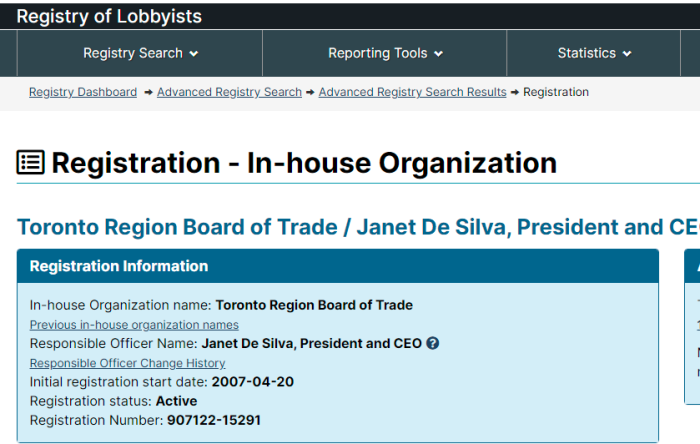

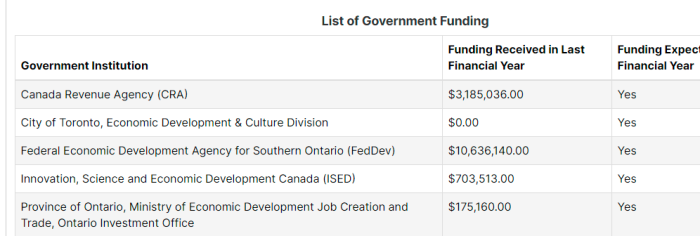
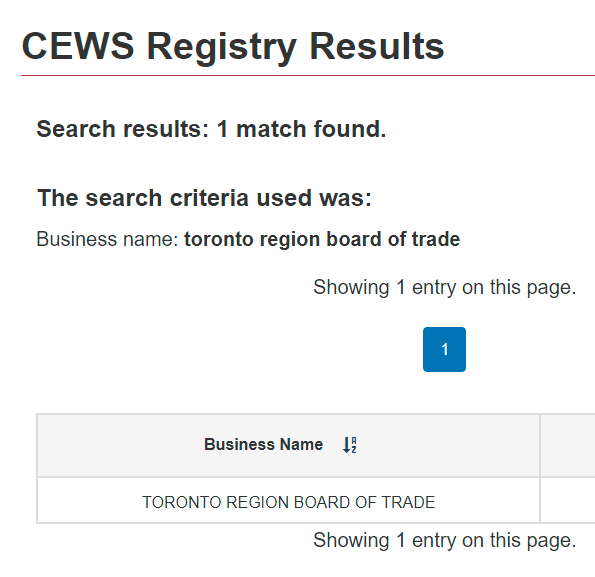
De Silva isn’t kidding about lobbying all levels of Government. In fact, the TRBoT has been registered since 2007, and she is personally listed now. What is referred to as “Digital Adaptation – to seek funding for delivery of programs helping small to medium size businesses digitally transform their end-to end operations”, likely is a euphemism that included vaccine passports.
The TRBoT also supports an interesting combination of policies that include: (a) climate change nonsense to kill jobs; (b) “globalized” trade to continue offshoring local industries; and (c) increased immigration to compete for whatever jobs are left.
This is pretty much what Conservative Inc. calls for.
Also, for an organization that claims to be for businesses and a market economy, they don’t seem to mind getting taxpayer subsidies to keep their operations going. This includes receiving CEWS, the Canada Emergency Wage Subsidy. (See new link).
The TRBoT also supports “smart cities“, which means an almost completely digitally-run community. While this may sound convenient, there may be privacy issues to sort out. The April 14, 2021 webcast included as speakers:
1) Craig Clydesdale, Founder & CEO, Utilities Without Borders
2) Craig McLellan, CEO, ThinkOn
3) Raphael Wong, Director- Strategic Initiatives, ThoughtWire
4) Hugh O’Reilly, Executive Director, Innovate Cities
At least we’ll still have jobs when this is over, right?
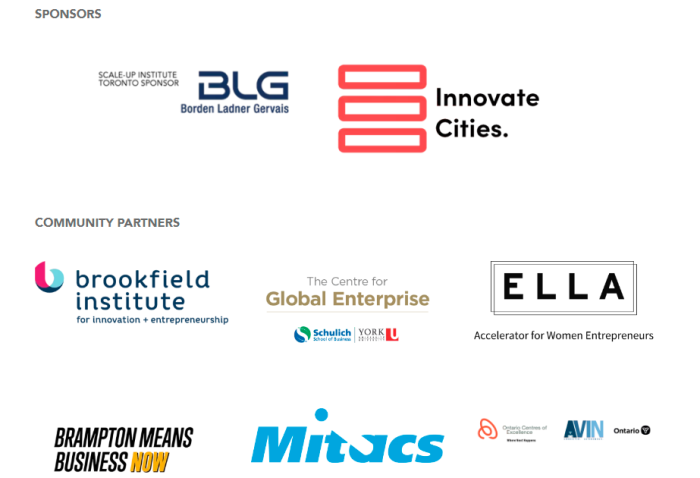
Now, there is justification in the fear that jobs are disappearing permanently. TRBoT supports the Scale Up Initiative. It’s goal is to put more of the economy online, and to cut costs. Of course “cutting costs” generally means laying off employees. Keep in mind, TRBoT receives public money, which means taxpayers are subsidizing the costs of chopping the job pool available.
How do you feel about this, residents of Toronto and Ontario? Your tax money is helping fund an organization that encourages OTHER businesses to get subsidies, while pushing for vaccine passports? Yay, for capitalism.
(1) https://www.bnnbloomberg.ca/video/ontario-needs-a-vaccine-passport-mandate-by-this-fall-toronto-region-board-of-trade-ceo~2241660
(2) https://www.680news.com/2021/07/13/toronto-board-of-trade-vaccine-passports/
(3) https://www.bot.com/AboutUs/WhoWeAre/Sponsors.aspx
(4) https://supportbusiness.bot.com/screening-kits/
(5) https://supportbusiness.bot.com/faqs/
(6) https://supportbusiness.bot.com/2021/06/07/covid-19-government-and-international-response-june-4-2021/
(7) https://www.bot.com/AboutUs/Governance/AnnualReports.aspx
(8) TRBOT Annual Report 2020 FINAL
(9) TRBOT-Annual-Report-2021
(10) https://www.linkedin.com/in/alaina-tennison/
(11) https://archive.is/SUeuH
(12) https://www.linkedin.com/in/janetdesilva/
(13) https://archive.is/Mbh5s
(14) https://supportbusinessdev.bot.com/webinars/rap-webcast-series-3-smart-cities-solutions-to-upgrade-and-drive-your-business-forward/
(15) https://wtctoronto.com/scale-up/
(16) https://wtctoronto.com/rap/
(17) https://lobbycanada.gc.ca/app/secure/ocl/lrs/do/vwRg?cno=15291®Id=911677
(18) https://apps.cra-arc.gc.ca/ebci/hacc/cews/srch/pub/bscSrch
(19) https://apps.cra-arc.gc.ca/ebci/habs/cews/srch/pub/dsplyBscSrch?request_locale=en

